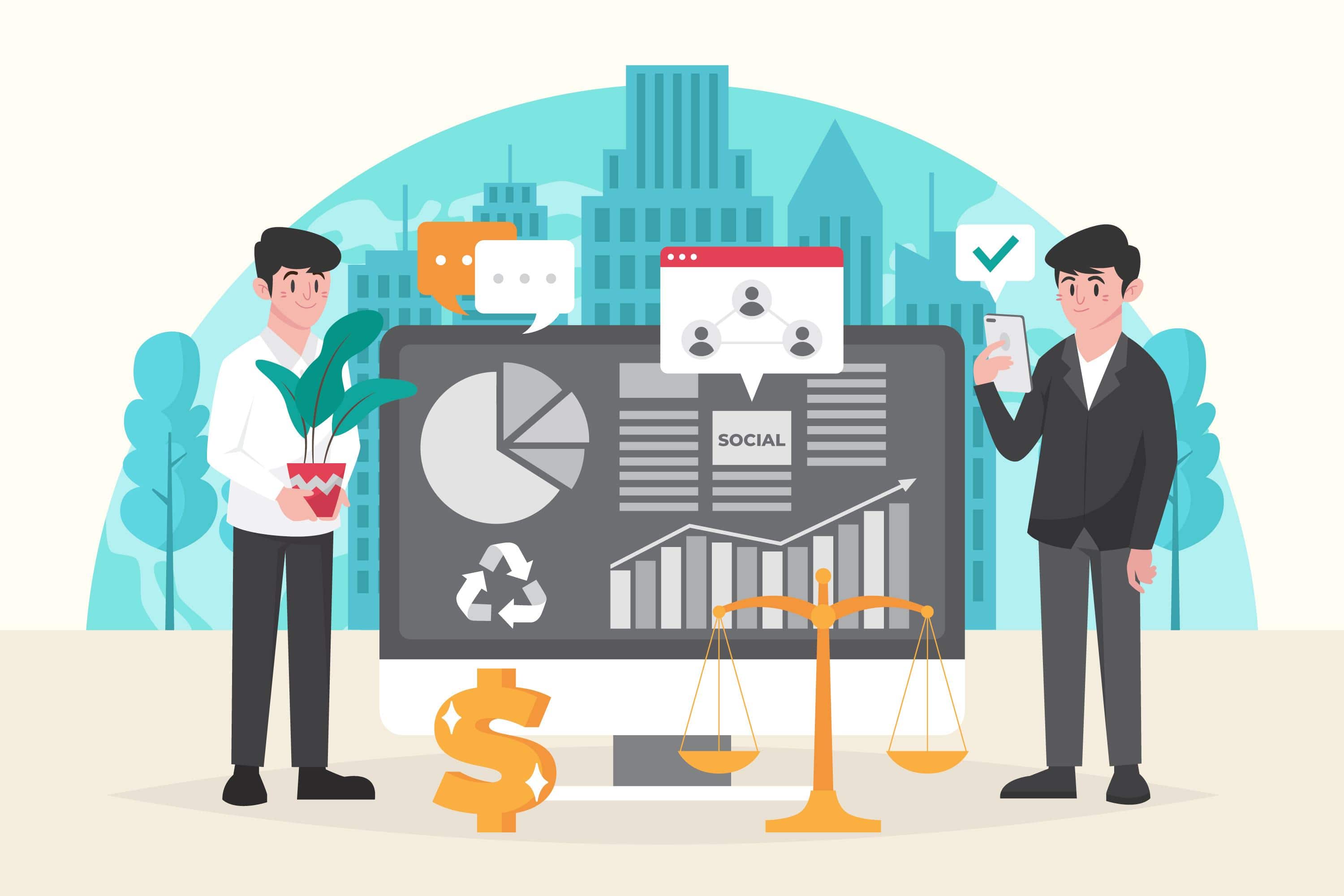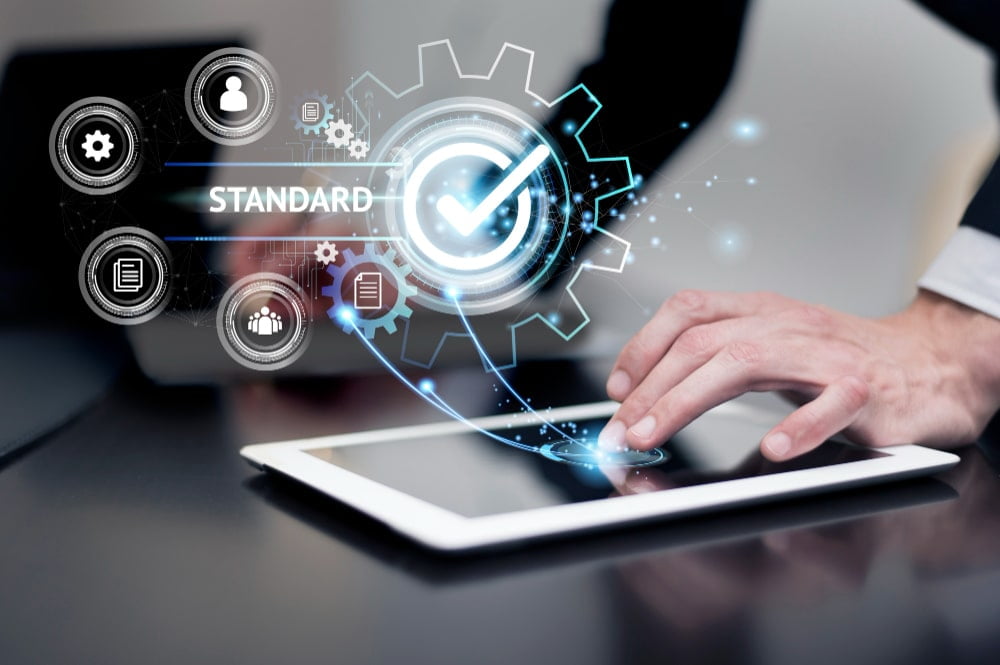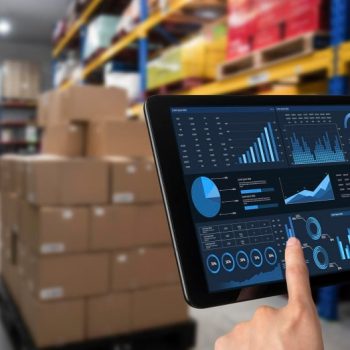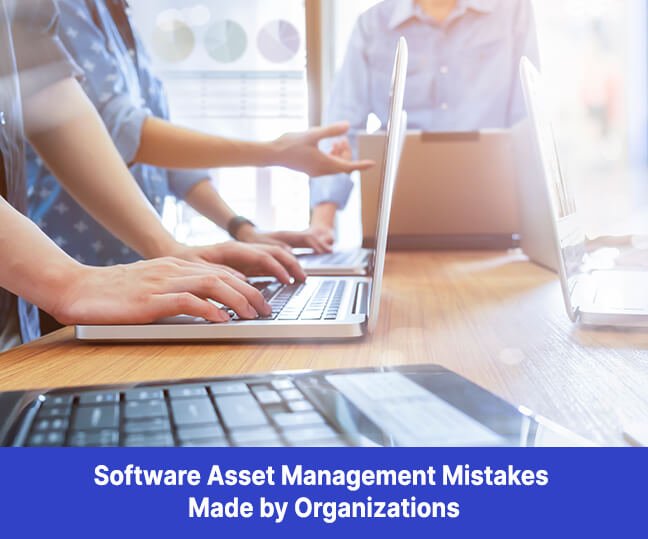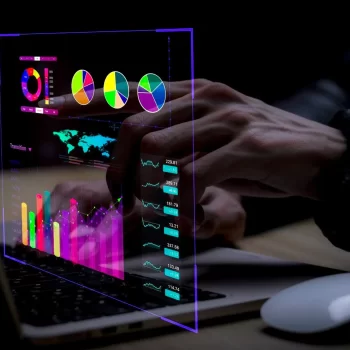The concept of asset lifecycle management (ALM) has been the lead of enterprise operations for many years, and its importance is likely to continue in the coming years. ALM plays a crucial role in helping enterprises manage the acquisition, maintenance, and disposal of their assets and resources. Companies that manage their asset lifecycle will benefit from improved operational performance, higher ROI, and a reduced risk of downtime.
This article acts as a guide for asset lifecycle management in 2025. We will look at the importance of ALM, the tools and technologies used, and its key benefits. We will also discuss the stages and best practices for successful asset lifecycle management and how to ensure your organization is prepared for future changes in the industry.
Related blog: The 6 Best IT Asset Control Software in 2025
What is Asset Lifecycle Management? What are the stages of IT Asset Lifecycle Management?
Asset Lifecycle Management (ALM) involves managing an organization’s assets throughout their lifecycle, from acquisition to disposal. It encompasses planning, procurement, deployment, maintenance, and retirement activities. In IT, ALM focuses explicitly on managing hardware, software, and digital assets critical to an organization’s operations.
Stages of Asset Lifecycle Management
Asset Lifecycle Management is a strategic approach businesses use to manage their assets throughout their entire lifecycle. This process helps organizations optimize their assets’ value, minimize costs, and ensure that assets are used optimally. Asset management involves using a systematic process to manage assets from acquisition to disposal. This process is known as the asset management lifecycle. The asset management lifecycle comprises ten stages: Request, Acquisition, Installation, Integration, Allocation, Operation, Maintenance, Reassignment, Decommission, and Retirement.

Request

The Request stage in asset lifecycle management initiates the process by identifying and planning the specific requirements for acquiring an asset. This phase encompasses understanding organizational objectives, conducting feasibility studies, defining asset specifications, estimating budgets, and articulating expected benefits. Collaboration among departments ensures a comprehensive understanding of the asset’s purpose, helping refine specifications, evaluate vendors, and create a proposal for approval.
Once reviewed and approved, the request becomes the basis for subsequent asset acquisition, installation, operation, and maintenance stages within the lifecycle management process.
Acquisition
The Acquisition stage within asset lifecycle management involves strategically procuring assets to meet specific organizational needs. It includes planning, sourcing, negotiation, and obtaining assets aligned with budget constraints and operational requirements identified earlier in the request phase.

This stage entails evaluating vendor options, negotiating pricing and terms, and finalizing agreements that ensure the selected assets provide desired features and quality while optimizing costs. Once agreements are reached, assets are procured, and processes such as purchase orders, logistics coordination, and quality checks are employed to integrate them into the organization.
Documentation of procurement details is crucial for tracking, managing warranties, and assessing vendor performance. Thus, the acquisition stage is instrumental in acquiring assets contributing to organizational performance.
Installation

The Installation phase in asset lifecycle management is essential in strategically deploying assets and discovering optimal locations for seamless integration. This process involves coordination and encompasses physical installation, software setup, and configuration alignment.
Thorough testing addresses challenges, and detailed documentation captures procedures and configurations, serving as a valuable reference for maintenance and future upgrades. This stage ensures assets effectually function within the operational context, harmonizing with the organization’s objectives and contributing to its overall success.
Integration

The Integration stage in asset lifecycle management is a crucial phase where assets are seamlessly aligned and integrated with existing systems and processes. It involves careful planning, configuration, collaboration, and testing to ensure smooth cooperation and optimized functionality. Successful integration reduces redundancies, enhances productivity, and unlocks the organization’s resources.
Documentation captures integration processes, serving as a valuable resource for troubleshooting and future decision-making. This stage is fundamental, orchestrating the fusion of assets to create a cohesive operational landscape.
Allocation

The Allocation stage in asset lifecycle management strategically distributes assets to users or departments, ensuring optimal utilization based on user needs and operational criteria. This process prevents resource waste and improves performance, guided by clear guidelines and documented records.
Skillful communication and collaboration enhance allocation strategies, aligning asset usage with organizational goals for improved performance
Operation
The Operation stage in asset lifecycle management involves the active use of assets within defined processes, aligned with continuous monitoring to assess performance, health, and utilization. During this phase, assets are aligned with their intended purpose, adhering to established operational procedures and performance benchmarks. Regular monitoring involves data collection, trend analysis, and insights generation to optimize asset functionality, identify potential issues, and proactively address deviations from expected outcomes.
Maintenance
The Maintenance phase in asset lifecycle management involves regular servicing, calibration, and upkeep to ensure optimal asset performance and longevity. This includes routine inspections, cleaning, lubrication, component replacements, and calibration to maintain measurement accuracy. These preventive measures, guided by manufacturer guidelines and industry practices, minimize breakdowns, enhance productivity, and reduce downtime.
Documentation of maintenance activities is crucial for historical tracking, schedule optimization, and compliance, ensuring assets function reliably over their lifecycle.
Related blog: Best Asset Maintenance Software Guide in 2023
Reassignment:

The Reassignment phase within asset lifecycle management involves strategically reallocating assets to new users or departments, ensuring optimal utilization and alignment with evolving organizational needs.
This process includes assessing the asset’s suitability for its new role, evaluating required modifications, and considering user requirements. By optimizing the asset’s value in its contemporary context through adjustments and integrations, the allocation to new users occurs with effective communication and collaboration.
Clear guidelines and documentation streamline the process while contributing to cost-cutting by repurposing assets and enhancing performance. This allows organizations to adapt to changes and maximize asset value.
Decommission
The Decommission stage in asset lifecycle management is a critical phase where assets are systematically retired from active service, involving end-of-life planning for responsible disposal, recycling, or repurposing. This phase encompasses securely removing assets from operations, safeguarding sensitive data, and adhering to safety protocols during physical removal. Documentation of decommissioning activities supports compliance, audits, and responsible asset management.
Additionally, the Decommission stage provides insights into asset performance and impact, informing future decisions and demonstrating an organization’s commitment to environmental sustainability and ethical asset retirement.
Retire
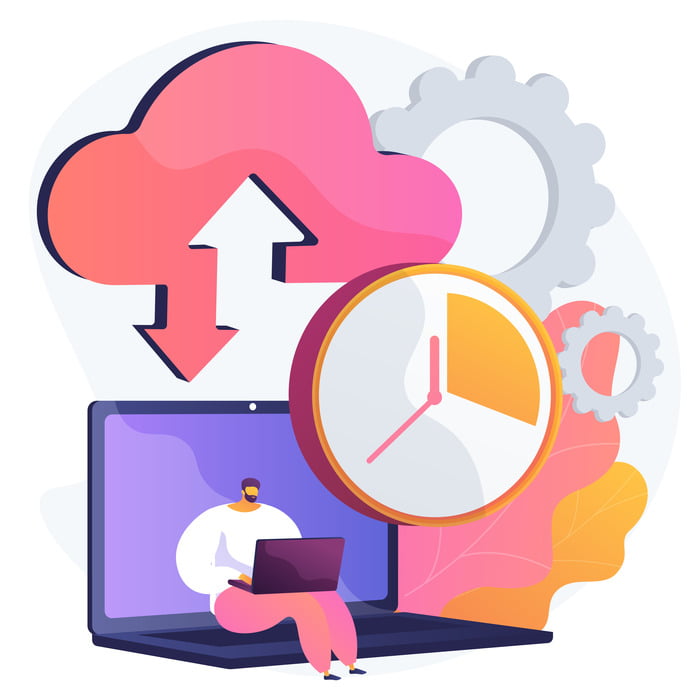
The retirement phase in asset lifecycle management involves assessing assets for end-of-service life and identifying assets for retirement. This phase evaluates factors like obsolescence and performance, leading to their responsible disposal or recycling.
Disposal and recycling align with sustainability goals, adhering to environmental regulations and data security. Comprehensive documentation ensures compliance, and the retirement phase is a learning opportunity for optimizing future asset management decisions. Organizations showcase their commitment to environmental sustainability and ethical asset management through responsible retirement practices.
By carefully managing each stage of the Asset Management Lifecycle, organizations can optimize asset performance, minimize operational risks and costs, and make informed decisions about asset investments throughout their lifecycle. Effective asset management leads to increased productivity, better resource utilization, and improved overall business performance.
Why is asset lifecycle management important?
As we move further into 2025, the benefits of implementing an Asset Lifecycle Management strategy become even more pronounced. Here are some key advantages that businesses can expect to gain:
- Enhanced decision-making: ALM provides comprehensive data and insights about asset performance, costs, and utilization. This information empowers managers to make data-driven decisions about asset investments, maintenance strategies, and resource allocation.
- Improved financial planning: Organizations can develop more accurate budgets and financial forecasts by understanding asset lifecycles and associated costs. This leads to better cash flow management and more strategic resource allocation.
- Increased asset longevity: By implementing proactive maintenance strategies and optimizing asset utilization, ALM helps extend the useful life of assets. This reduces the frequency of replacements and lowers overall capital expenditure.
- Enhanced productivity: ALM solutions streamline asset-related processes, reducing the time and effort required for tasks such as inventory management, maintenance scheduling, and compliance reporting. This frees up employees to focus on more value-added activities.
- Better asset utilization: By providing visibility into asset usage patterns, ALM helps organizations identify underutilized assets and optimize their deployment. This can lead to significant cost savings and improved resource optimization.
- Improved customer satisfaction: For businesses that rely heavily on assets to deliver products or services, ALM can improve customer satisfaction by reducing downtime, ensuring consistent quality, and enabling faster response times.
- Competitive advantage: Organizations that successfully manage their assets throughout their lifecycle are better positioned to adapt to market changes, scale operations, and leverage new technologies. This agility can provide a significant competitive edge in 2024’s dynamic business landscape.
- Enhanced sustainability: As environmental concerns grow, ALM helps businesses reduce their carbon footprint by optimizing asset usage, minimizing waste, and ensuring proper disposal or recycling of assets at the end of their lifecycle.
- Improved risk management: ALM provides better visibility into risks associated with aging or underperforming assets. This allows organizations to proactively address issues before they escalate into costly problems or compliance violations.
- Better vendor management: ALM systems often include features for managing vendor relationships, contracts, and service-level agreements. This can improve negotiations, service quality, and favorable terms with suppliers and service providers.
IT Lifecycle Management (ITLM) vs. Asset Lifecycle Management (ALM)
IT Lifecycle Management (ITLM) manages IT-related assets like computers, servers, and software. It involves:
- Planning: Identify IT needs, set budget, and ensure compliance.
- Acquisition: Select vendors, purchase assets, and register them.
- Deployment: Install, configure, integrate, and test assets.
- Operations: Monitor performance, provide support, and maintain systems.
- Optimization: Enhance performance, manage costs, and extend asset life.
- End-of-Life: Decommission, sanitize data, and responsibly dispose of assets.
- Review: Audit, document, and identify improvements for future cycles.
On the other hand, asset Lifecycle Management (ALM) covers managing all types of assets within an organization, not just IT. This includes machinery, equipment, real estate, and IT assets. It involves:
- Acquisition: Buying or leasing various assets.
- Deployment: Putting assets into use within the organization.
- Maintenance: Regular upkeep and repairs.
- Utilization: Managing how assets are used.
- Upgrades or Replacements: Improving or swapping out assets as needed.
- Disposal: Properly decommissioning and disposing of assets.
To conclude, IT Lifecycle Management manages IT assets like computers and software from purchase to disposal. Asset Lifecycle Management covers all types of assets, including IT and machinery, throughout their entire lifecycle, focusing on overall performance and cost efficacy.
Best Practices of Asset Lifecycle Management
Asset lifecycle management (ALM) involves the planning, acquisition, operation, maintenance, and disposal of an asset. Here are some best practices for asset lifecycle management:
Create a comprehensive inventory.
- Establish Clear Policies and Procedures: Define and document standard processes for each stage of the asset lifecycle—planning, procurement, deployment, maintenance, and disposal. Clear policies ensure that everyone involved in asset management follows the same procedures, reducing the risk of errors and ensuring compliance with industry regulations. This clarity helps streamline operations, making asset management consistent and easier.
- Centralized Asset Tracking: A centralized system monitors assets from acquisition to disposal. Implementing a centralized tracking system, enhanced with technologies like barcodes or RFID, allows for accurate, real-time visibility into asset location, condition, and usage. This system reduces the chances of asset misplacement, enhances inventory management, and ensures timely maintenance, all of which contribute to better asset utilization and reduced costs.
- Planning and Procurement: Align asset purchases with organizational goals and needs. Conduct a thorough needs assessment before acquiring new assets to ensure they align with the company’s strategic objectives. Consider the total cost of ownership (TCO), including purchase price, maintenance, operating costs, and potential return on investment (ROI). This approach ensures that you invest in assets that provide the most value over their lifecycle.
- Maximize Asset Utilization: Ensure assets are used optimally throughout their lifecycle. Regularly evaluate asset usage to identify underutilized or overused assets. Reallocating or disposing of these assets can optimize performance and reduce costs. Proper utilization prolongs the life of assets, maximizes their value, and helps avoid unnecessary expenditures on new assets.
- Regular Maintenance and Audits: Schedule preventive maintenance and regular audits. Routine maintenance helps prevent unexpected breakdowns, reducing downtime and repair costs. Regular audits ensure that asset records are accurate and up-to-date, crucial for compliance and productive management. This proactive approach keeps assets in optimal condition, extending their lifespan and increasing profitability.
- Data-Driven Decisions: Use data analytics to inform asset management decisions. Analyzing data on asset performance, maintenance needs, and costs allows for informed decision-making. By tracking key metrics such as downtime, maintenance expenses, and depreciation, you can predict when assets need repairs or replacements, optimize asset use, and reduce costs. This data-driven approach ensures that decisions are based on accurate, actionable insights, leading to better management outcomes.
These best practices provide a detailed guide to managing assets proactively, ensuring they deliver maximum value throughout their lifecycle.
Tools and Technologies Used in ALM
Asset Lifecycle Management (ALM) relies on various tools and technologies to streamline processes and improve performance. Here’s an overview of the key tools and technologies used in ALM:
Enterprise Resource Planning (ERP) Systems
ERP systems manage the financial and operational aspects of asset lifecycle management. They provide a centralized platform for managing asset data, including asset identification, location, maintenance history, and financial data. ERP systems are beneficial for managing assets with high monetary value, such as production equipment and vehicles.
Computerized Maintenance Management Systems (CMMS)
CMMS is software for managing asset maintenance activities. It provides a platform for tracking maintenance schedules, creating work orders, and documenting maintenance activities. CMMS is beneficial for managing assets that require regular maintenance, such as production equipment, vehicles, and buildings.
Internet of Things (IoT) Sensors
IoT sensors are used to collect real-time data on assets. They can be used to monitor asset performance, identify potential maintenance issues, and optimize asset utilization. IoT sensors are handy for managing assets with complex maintenance needs, such as HVAC systems and production equipment.
Geographic Information Systems (GIS)
GIS is software for managing spatial data. It can map asset locations, track asset movements, and analyze asset utilization. GIS is ideal for managing assets with a large geographical footprint, such as pipelines and transportation infrastructure.
Radio-Frequency Identification (RFID)
RFID is a technology that tracks assets using radio waves. It provides a platform for real-time asset tracking and can automate inventory management processes. RFID is required to manage highly mobility assets, such as vehicles and mobile equipment.
Predictive Analytics
Predictive analytics is a technology used to analyze asset data and predict future maintenance needs. It provides a platform for proactive maintenance management, reducing downtime, and extending asset lifetimes. Predictive analytics helps manage assets with complex maintenance needs, such as production equipment and vehicles.
Overall, the tools and technologies used in ALM are designed to help organizations manage their assets more proactively, reducing costs and maximizing asset utilization.
7 Key Metrics of IT Asset Lifecycle Management in 2025
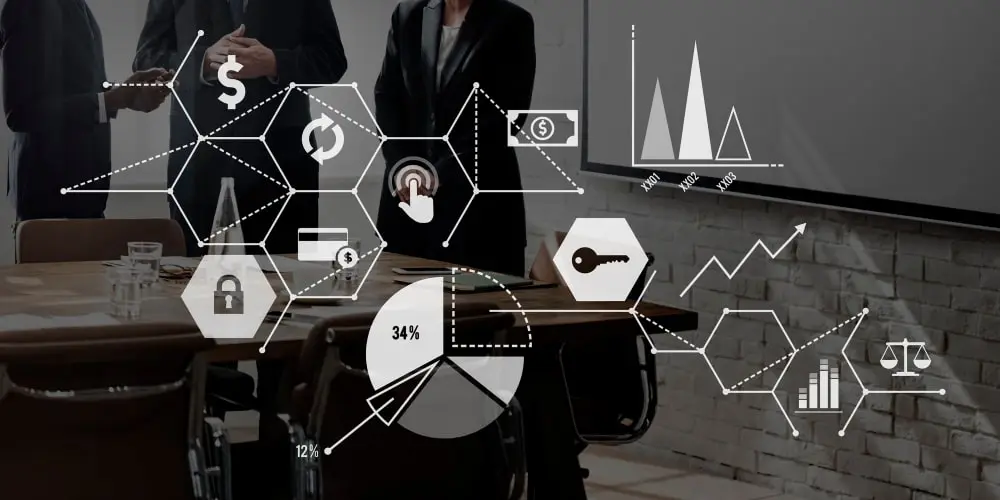
IT asset lifecycle management is a vital aspect of every organization. By optimizing asset performance and reliability, you will easily offer your business the desired growth and generate excellent revenue. So, it is important to understand the asset lifecycle and look for opportunities to maximize the value of your assets. Here, we will discuss some of the key metrics for measuring the success of different IT asset lifecycle management programs.
- Total Cost of Ownership (TCO): TCO includes all costs related to acquiring, operating, maintaining, and disposing of an asset over its lifecycle. Tracking TCO aids in budgeting, cost control, and making informed decisions about asset retention, replacement, or retirement.
- Asset Utilization Rate: This measure measures how much time an asset is actively used compared to its total available time. A high utilization rate indicates optimal use, while a low rate suggests potential underutilization, prompting decisions on reallocation or disposal.
- Maintenance Costs: Tracks expenses associated with maintaining assets, including repairs, upgrades, and preventive maintenance. Monitoring these costs helps identify high-maintenance assets that may be inefficient, guiding decisions on repair, replacement, or retirement.
- Asset Downtime: The total time an asset is out of service due to maintenance, repairs, or failures. Minimizing downtime is crucial for maintaining productivity, making it important to identify assets that frequently fail and require better maintenance strategies.
- Return on Investment (ROI): Calculates the financial return generated by an asset relative to its total cost. ROI is a key measure of an asset’s financial performance, helping organizations assess the value of their investments and make informed decisions about future acquisitions.
- Mean Time Between Failures (MTBF): This indicates the average time between an asset’s failures. A higher MTBF indicates excellent asset reliability, helps plan maintenance schedules, reduces unplanned downtime, and leads to profitability.
- Mean Time to Repair (MTTR): The average time required to repair and return an asset to service. Lowering MTTR reduces downtime and enhances asset availability, which is essential for maintaining productivity.
These seven metrics provide a comprehensive view of IT asset performance, helping organizations manage assets, control costs, and maximize value throughout the asset lifecycle.
Related blog: It’s time to go beyond spreadsheets for telecom asset management
Final Note:
Asset Lifecycle Management optimizes assets from acquisition to disposal, improving utilization, performance, and cost efficiency while reducing downtime. It aids organizations in making informed decisions about maintenance and upgrades, extending asset lifespans, and minimizing unexpected failures. ALM also ensures regulatory compliance and enhances financial performance by lowering maintenance costs and reducing waste.
Infraon’s IT Asset Lifecycle Management software supports this by streamlining the entire lifecycle of IT assets. Its features—real-time tracking, automated discovery, integrated ticketing, and vendor management—help organizations maximize asset value and optimize ROI.












